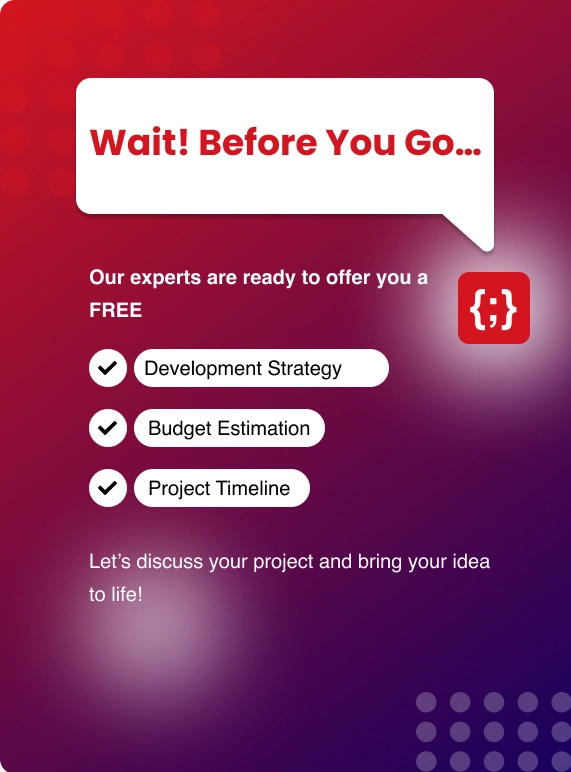Everything you need to know about GRAPHQL
GraphQL is a query language for APIs as well as a runtime for executing those queries with your current data. By giving a clear and intelligible description of the data in your API, Consumers can ask for exactly what they need and nothing more using GraphQL, which also makes it easy to adapt APIs over time and provides strong developer tools.
GraphQL is a query language for client applications that allows them to get the exact data they need from an API. Client apps can use GraphQL to describe the type and shape of data they need from a backend API. Client apps can use GraphQL to call a single endpoint for any form of request. GraphQL is similar to SQL, but it is used on the front end.
How did GraphQL get started?
So, how did GraphQL get started? What was the catalyst for this paradigm-shifting breakthrough? Facebook developers Lee Byron, Dan Schafer, and Nick Schrock built GraphQL as a side project, it turns out. The initial prototype was created in February 2012 and released in August of that year on the Facebook iOS app.
It wasn't until 2015 that the technology was made open source. The mobile app's creators had to deal with a lot of nested and interconnected data. They are required to query the exact shape of the data in order to offer modules like the news feed, messaging, and the Facebook wall with posts, as well as their comments, likes, and likes for comments under the postings.
They must examine the data's specific shape in order to provide modules like the news feed, messaging, and the Facebook wall with posts, as well as other features, their respective comments, likes, and likes for comments under the postings, in order to make the programme performant. Do you see what's going on? They eventually came up with GraphQL as a solution to these problems.
While this is fantastic for Facebook, how can we benefit from this technology? How does it improve our lives?
The Importance of GRAPHQL Today
All of these components necessitates data in a variety of formats. With a standard REST API, each different type of data would need its own endpoint, or the endpoint would need to be tackled with multiple, unattractive query parameters. When the front end requests user data, for example, there is no way to indicate whether you simply want the user's ID and email (no name), or whether you only want the user's name.
You May Also Like: Introduction to React Hooks
All of the user's data is returned by the API. If your user data has more parameters than the sample above, good luck. Is it really that expensive to get all of the user data back, you might wonder? The answer is that it depends, as it always is. Assume you need to display all of the authors on your blog, but you simply need to display their names.
If you have 50 writers to display and your user is using a mobile app to view the page, downloading the entire user data for each of the fifty authors into the mobile app simply to display their names will be rather costly. The client has control over the shape of data to query with GraphQL. And the API responds with a set of user data comprising only the authors' names.
You can perform all of this from a single endpoint. A GraphQL API, unlike REST, has only one endpoint. This is the endpoint that handles all of the client's requests.
What Are GraphQL Queries And How Do They Work?
We have already learned that GraphQL is a language that the client speaks, but Do you know, how does the client speak it? In GraphQL, what is the format for sending a request? Requests are submitted in a specific format that describes the data. Writing some GraphQL queries is the greatest method to learn this format.
Let's take the three components from the previous part and construct GraphQL queries for their corresponding data requests.
● A user profile component that displays information about the user is a component that necessitates the input of a user.
● A Post component that shows a post, its URL, and the name of the author. This component requires a specific post as well as the author's name.
● An Author component that displays a user's information as well as a list of the user's post titles. This component must obtain a user as well as the post titles written by that person.
GRAPHQL Queries: How to resolve them
GraphQL queries must be able to be read and understood by the API. The backend is where the majority of the effort in building GraphQL APIs is done. Please accept my apologies, backend developers. From our backend, we need to expose a GraphQL endpoint that clients can access to receive data as needed.
We need to design an interface on the backend that exposes the data we have to the client. Let's take a peek at the API for a blog. We have information for both Users and Posts. Those are two different things. We must define these in GraphQL by establishing a schema. We need to design an interface on the backend that exposes the data we have to the client.
Let's take a peek at the API for our blog. We have information for both Users and Posts. Those are two different things. We must define these in GraphQL by establishing a schema. Let's shed some light on each of these individually. Types are defined as key/value pairs, with the keys being the attributes you want to expose and the values being standard or custom GraphQL data types.
● ID: a field that has a unique identifier.
● Integer: A 32-bit signed integer.
● A signed double-precision floating-point value is referred to as float.
● A UTF8 character sequence is a string.
● True or false is a Boolean expression.
Custom scalar types can also be defined, but that is outside the scope of this introductory tutorial. Custom types are the User and Post types that we just established. Observe that the User type's post field is set to the custom type Post, which yields an array of posts belonging to a user. The Post type additionally has an author property that returns information about the author of a post.
Non-nullable fields are indicated by exclamation marks (!). Null can be returned by any field that does not contain an exclamation mark. To query these kinds, we must specify the Query type, which is one of GraphQL's default types.
Resolvers are used for mapping the query points and then reverting back the entity that you seek. Each data entity/model has its own set of custom types. As appropriate, the Query type is used to expose numerous query points. To resolve queries to each query point, resolvers are utilized.
GRAPHQL Integration with existing backends
None of the aforementioned notions rely on any specific language because GraphQL is language-neutral. The notions are applicable to all languages that support GraphQL at the moment. In terms of implementation, libraries exist for all popular back-end languages that can be used to create a GraphQL API.
Libraries for backend languages/frameworks like C#Node.js (Javascript), Go, PHP, Java, and others can be found on the GraphQL official website's Server Libraries page. With these libraries and a firm grasp of the principles covered thus far, you'll be able to set up a GraphQL server in no time.
Bottom Line
GraphQL is a server-side open-source platform developed by Facebook to improve RESTful API calls. It's both an execution engine and a query language for data. The benefits of utilizing GraphQL are discussed in this chapter. There's a lot more to GraphQL than what we've covered in this article. Create a new user and change their information, save new posts, and paginate your results.
That's right, GraphQL is that potent. GraphQL is a query language and server runtime that operates via HTTP in most cases. It was created to make working with data in a client-server architecture more efficient, performant, and developer-friendly. Since it was first open-sourced, GraphQL popularity has skyrocketed, and it doesn't appear to be slowing down anytime soon.
You can use GraphQL queries to get not only the properties of a single resource, but also the relationships between them. GraphQL APIs get all the data your program requires in a single request, whereas traditional REST APIs require loading from numerous URLs. Even on sluggish mobile network connections, apps that use GraphQL can be fast.
Read More: How to Build React Apps with Typescript


.webp?lang=en-US&ext=.webp)

.webp?lang=en-US&ext=.webp)

